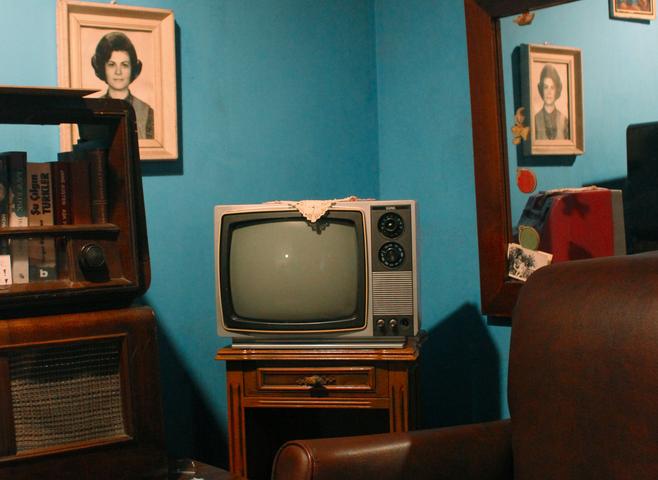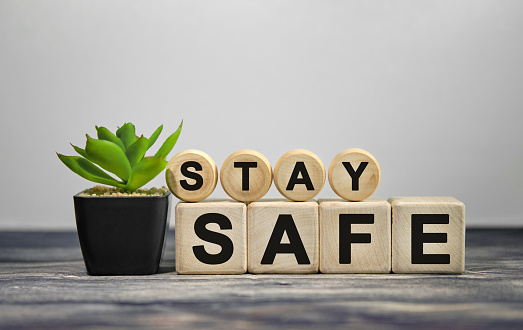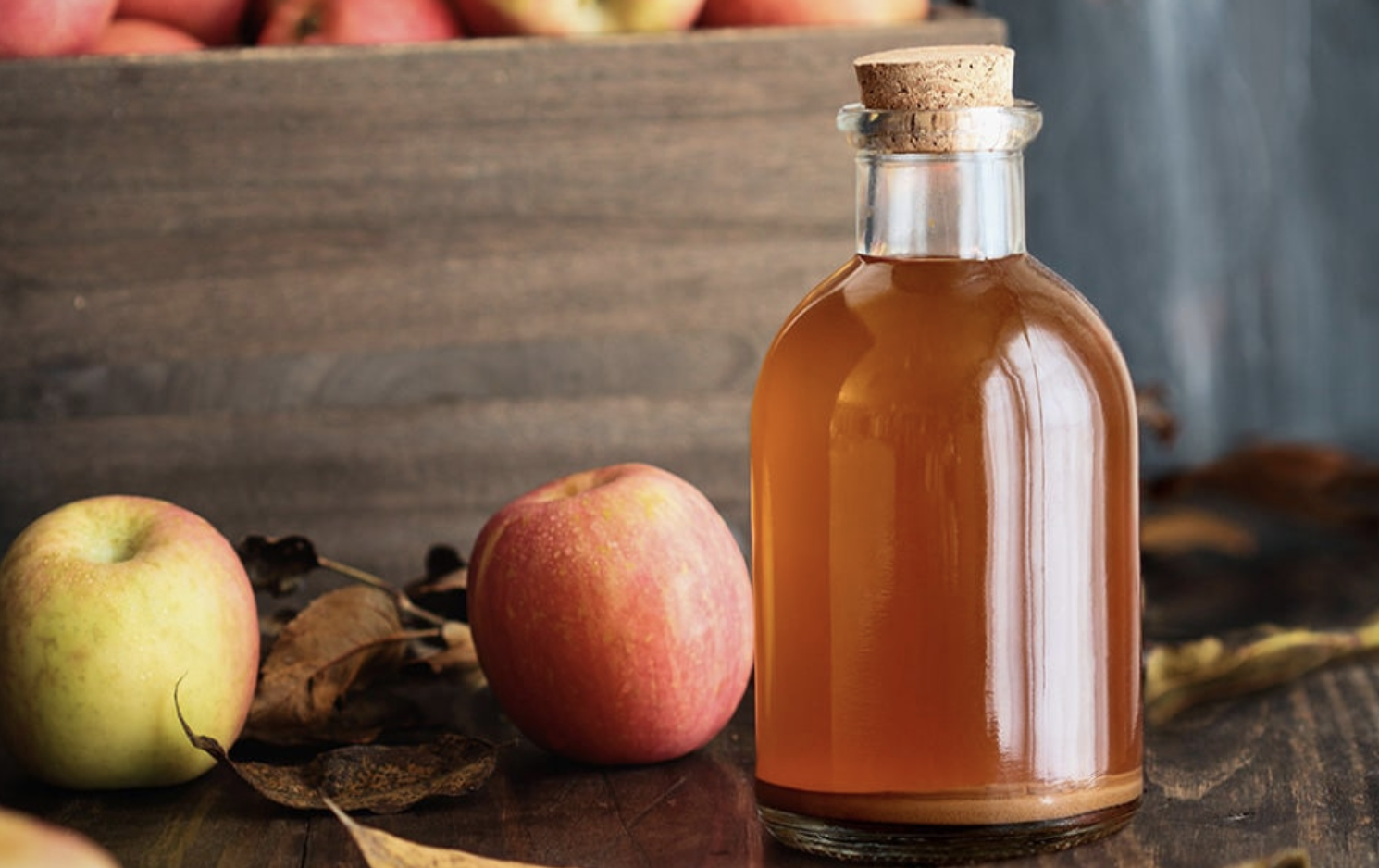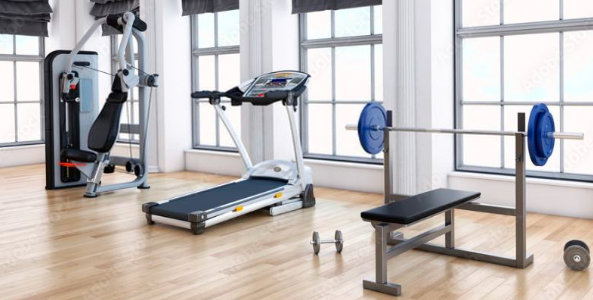The "döstadning", or the art of tidying up your life before your death
#Society#Health
Preparing for death by cleaning up: sad to cry, cynically pragmatic or simply realistic? “There is nothing sad about preparing for your death, replies Margareta Magnusson, theorist of “döstadning”, pre-mortem cleaning. Getting your affairs in order is the ultimate gesture of elegance towards those who love you. » Decryption.
Sarah Boucault- January 26, 2022#Société#Santé“When you die, people are worried, the least you can do is tidy up beforehand,” hums the singer GieDré, a fan of dark humor. This is exactly what the Swedish Margareta Magnusson recommends in her book which has become a world bestseller: Life in order, The art of tidying up your life to lighten that of others (Flammarion, 2018).
In France, to cause post-mortem is indecency. Conventions are more about silencing party poopers. As if to evoke death was to provoke it, to taunt it, even to call for it. We often remain in denial, in case immortality strikes us. Who knows ?
Pre-mortem Marie Kondo?
For Margareta Magnusson, it's quite the opposite. To look his death in the face is to solve many problems. "I emptied so many houses after the loss of loved ones that I don't want anyone to have to do it for me," she insists, before recalling that this pre-mortem cleaning method practiced since the dawn of time in the Scandinavian countries has a name: “döstädning”, which in Swedish means “death” (dö) and “household” (städning). “This “household of death” consists of getting rid of all the superfluous and putting your life and your interior in order when you are in the winter of your existence. »

The author has built her own method which comes in several stages: she advises getting rid of objects of lesser sentimental value first, such as dishes, clothes, furniture, books, etc. "I don't need sixteen plates when I can only accommodate six guests at my table. From espresso makers to high-speed blenders and high-tech cookware sets, our kitchens are brimming with the latest gadgets, yet we devoutly preserve the old drip coffee maker, whisk and cast iron stockpot. »
Ditto for books, which almost all collect dust. Or the clothes: “Instead of keeping your ski pants, dance leotards and other diving suits in mothballs, sell them or give them away. » Bulky gifts? Trash or donations.
Hands off the family photos!
Then come objects of sentimental value. The author, born in 1934, says that, to avoid painful scenes between her five children, she chose to sell a bracelet to which she was very attached. And finally, the delicate question of family photos. “I advise saving them for the end because they carry such an emotional charge that it is difficult to part with them. »
Margareta Magnussen recounts having prepared envelopes filled with photos for her children: “At dessert, everyone opened their own and calmly took out their package, but after five minutes they were passing them around, exchanging them, were commenting. Putting memories on the table is an opportunity to tell stories, to transmit and to address the unsaid around the taboo subject of the end of life. “Since we will all have to look death in the face at one time or another, it is very important to find a way to talk about it, openly and calmly. »
As for the secret garden, Margareta Magnussen advises putting all your love letters or intimate memories in a box with an inscription: “Throw away”. “I know that my children will hasten to put their noses in it. But they can also choose not to open it, ”she says. A subtle way to leave the choice to relatives to seize it… or not.
Sarah Boucault - January 26, 2022Share on FacebookShare on Twitter









10 Ways to Stay Safe When You Live Alone
How to draw a rose: our methods
Hotels, restaurants: tips paid by credit card will soon be tax-exempt
"I was a rot in the evening and a good cop in the morning": meeting with "Haurus", the thug policeman of the DGSI